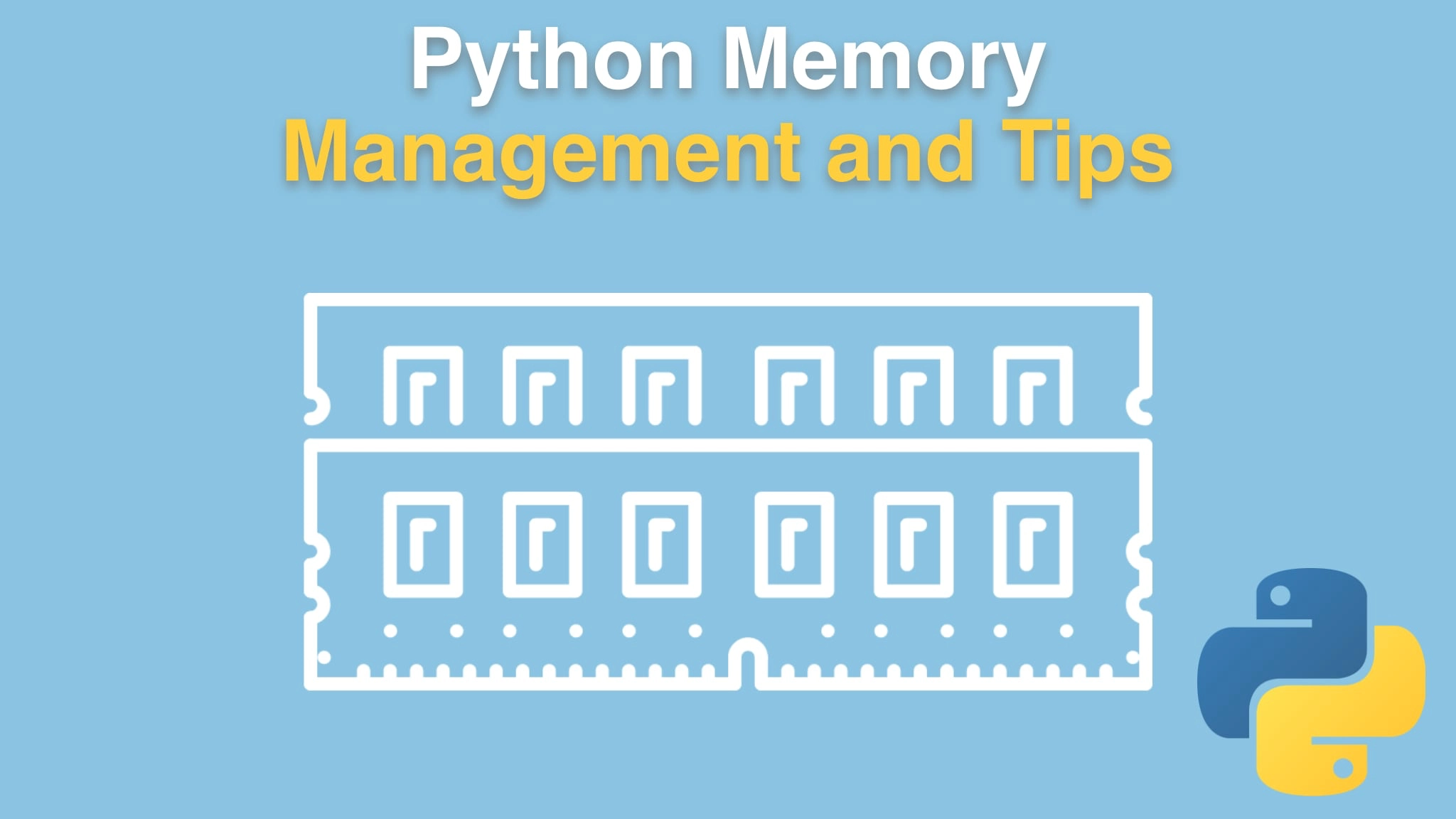Python Memory Management and Tips Transcripts
Chapter: Recovering memory in Python
Lecture: Pythons generational garbage collector
Login or
purchase this course
to watch this video and the rest of the course contents.
0:00
We've seen this mysterious GC, this mysterious garbage collector in action, but we don't really know what triggers it. We saw that it somehow has to do
0:10
with container objects versus non container objects like lists and dictionaries rather than strings and numbers.
0:16
So what we're going to do in the next couple of little sections here is
0:20
talk about how this works. So Python has what's called a "Generational Garbage Collector",
0:25
and this is a really important optimization that most modern garbage collectors have.
0:31
And the way it works is all the objects start out in was called "Generation Zero". It talks about how many times have they been collected, in this case
0:39
never, and then once an object has been inspected but not deleted, it was inspected, and it decided that it was still alive
0:48
for whatever reason, it's promoted into Generation one, and then sometimes we'll see about 1/10 of the time,
0:56
the stuff in generation zero and generation one will be compared. Most the time we'll just focus on Generation zero,
1:02
and that's because the overwhelming pattern is that new, temporary little things are created for a moment and then thrown away. So objects will live
1:10
very briefly. So typically it's enough to just look in generation zero,
1:14
but we'll see the mechanism by which Python determines it needs to look broader.
1:18
So it'll look at maybe generation one and zero items if it needs to look a
1:23
little broader and if it finds something in generation one that is still valid, but it has been inspected twice,
1:31
It's now sent to two, and same thing applies. Sometimes Gen 1 and 0 will be inspected,
1:37
but rarely will Gen 2. So these things are even older and even more
1:42
infrequently inspected, and we're gonna talk about the ratios and how you can see and configure that and all in just a minute.
1:49
But by default, things start out in generation zero. If they happen to survive a garbage collector
1:56
run, an inspection, then they get promoted and they get inspected less often. If they survive a second or further time,
2:03
they get promoted to generation two, and over in generation two, they don't get inspected nearly
2:08
as often. Remember, reference cycles only occur in container objects: lists, dictionaries, classes and tuples, and so on. For that reason,
2:18
only those objects are subject to Python's garbage collector, right? We saw that we worked with strings and numbers and so on,
2:26
No problem. They did not interact or trigger the garbage collector. When you think about all the stuff and all these algorithms,
2:33
it's easy to think "Well, every little thing I do in Python has this applied to it on top of reference counting". No, just container objects.
2:40
So that's worth keeping in mind, too.
